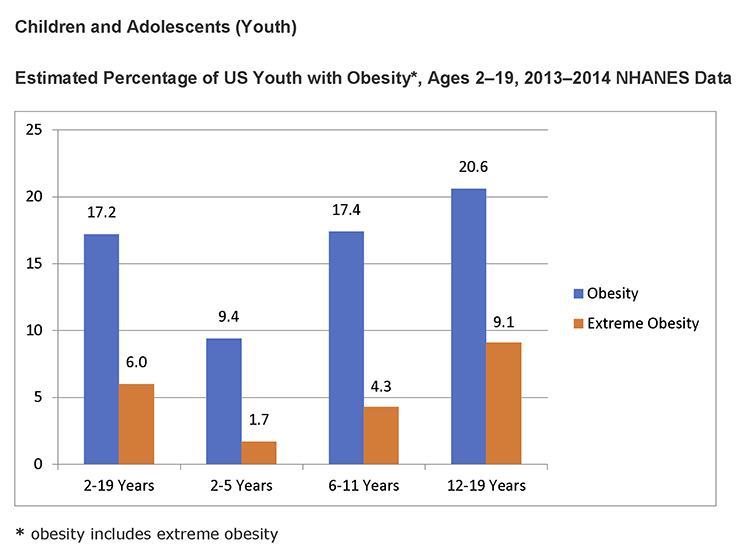Lesson 4
Key Concepts:
Vocabulary: health education, Healthy People health disparities, health literacy
Promoting Health and Wellness
The Importance of Health Education
Main Idea: Individual, family, community, and national health require planning and responsible behavior on everyone’s part.
Achieving a high level of wellness means a higher quality of life for each individual. It means more time in which to feel physically and mentally healthy, to enjoy family and friends, and to achieve your personal goals.
Keeping people healthy is also a good investment. Today, America spends $2.3 trillion each year on health care, or $7,600 per person. Much of that expense could be avoided if people made healthier decisions about the way they live, adopted health-promoting habits, and took responsibility for maintaining their wellness.
Educating the public is the key to creating a healthier nation. Health education includes providing accurate health information and teaching health skills to help people make healthy decisions. Understanding health information and learning health skills empower people to live healthfully and improve their quality of life.
The Nation’s Health Goals
Good health is such an important goal that the federal government has established national health goals and objectives. Healthy People is a nationwide health promotion and disease prevention plan designed to serve as a guide for improving the health of all people in the United States. The plan is revised every ten years. Its title changes according to the year to which the plan’s goals apply: Healthy People 2010 has objectives for the year 2010. As you can see in Figure 1.10, one of the goals of Healthy People 2010 is to reduce the overweight and obesity rates in America.

Figure 1.10
By developing programs to promote health and prevent disease, Healthy People provides a common plan for everyone to follow. National, state, and local health agencies across the country carry out programs based on the plan’s goals. The government tracks health behaviors and outcomes to measure their progress in achieving the national objectives.
Goals of Healthy People.
Healthy People 2010 established two general goals for the future: increase the quality and length of a healthy life for all Americans, and remove differences in health outcomes that result from factors such as gender, race, education, disability, and location. These differences in health outcomes among groups are called health disparities. Working toward these two goals will ensure that more people can enjoy the benefits of a healthy life.
Planning is under way for Healthy People 2020, the blueprint that will shape the nation’s health priorities for the next ten years. The health goals that are guiding early development of Healthy People 2020 include the following:
1. Promote the best possible health in order to end preventable death, illness, injury, and disability.
2. Eliminate health disparities.
3. Make wellness a way of life and enhance quality of life for individuals and communities.
4. Promote healthy places and environments.
Becoming Health Literate
Main Idea: A health-literate person knows how to find and use reliable health information.
Every day people all across the country have to make important decisions that affect their health. To become an informed individual who can make sound health decisions one must ‘
know where to find health information.
decide if the information is correct.
assess the risks and benefits of treatment.
figure out how much medicine to take.
understand test results.
What You Can Do
In order to increase your knowledge and take steps to improve your wellness, you need to develop health literacy.
Health literacy refers to a person’s capacity to learn about and understand basic health information and services, and to use these resources to promote one’s health and wellness. Experts believe that poor health literacy influences a person’s health more than age, income, and education.
Qualities of a health-literate individual include being